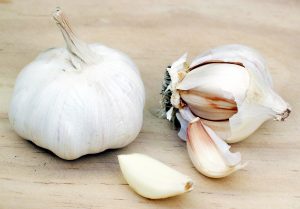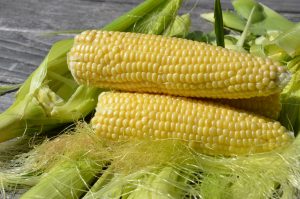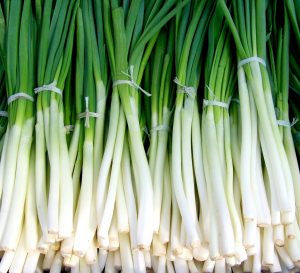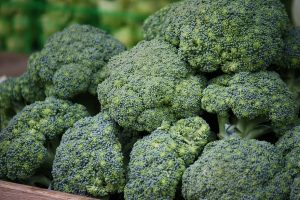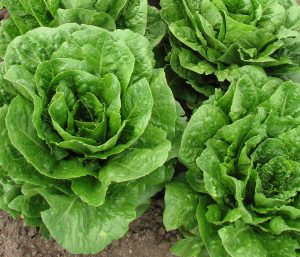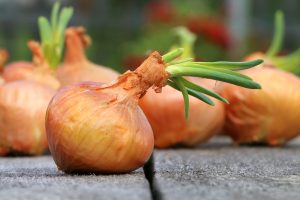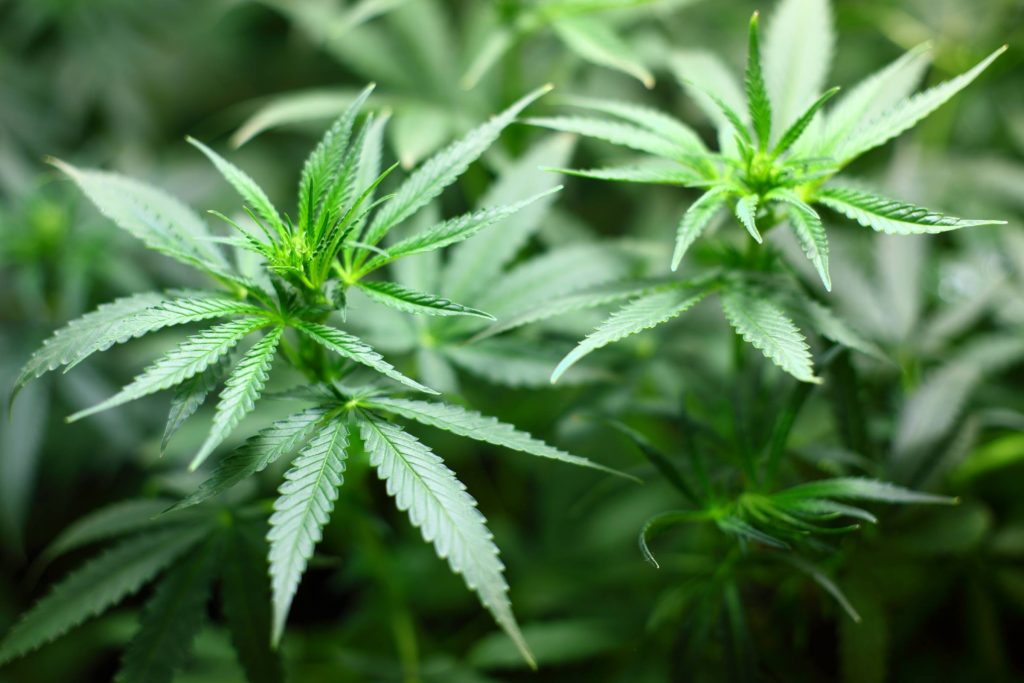
Growing weed can be a fun and rewarding experience for those who are passionate about cannabis. However, before you start growing, it is important to understand the basics. In this article, we will cover everything you need to know about growing weed, from choosing the right strain to nurturing healthy plants throughout the entire growing process.
Understanding the Basics of Growing Weed
The Cannabis Plant: An Overview
Before we dive into the specifics of growing weed, let’s take a moment to understand the cannabis plant. Cannabis is a genus of flowering plants that includes three different species: Cannabis sativa, Cannabis indica, and Cannabis ruderalis. Most strains that are commonly grown for their psychoactive properties are cannabis sativa or cannabis indica, while cannabis ruderalis is often used for industrial purposes.
The cannabis plant has several stages of growth, each with unique needs and requirements for optimal health and yield. Understanding these stages and their associated needs is essential to growing healthy and vigorous cannabis plants.
During the vegetative stage, the plant grows rapidly and requires ample light and nutrients to support its growth. This stage can last anywhere from a few weeks to several months, depending on the strain and growing conditions.
Once the plant enters the flowering stage, it begins to produce buds, which contain the psychoactive compounds that are prized by growers and users alike. During this stage, the plant requires a different balance of nutrients and light to support the development of the buds.
Legal Considerations and Regulations
It is important to understand the legal considerations and regulations associated with growing cannabis before you start. In many areas, growing cannabis is strictly prohibited or heavily regulated, so it is important to research the laws in your area before starting your grow. Additionally, many areas have restrictions on the number of plants that can be grown per household and other requirements that must be met.
It is also important to consider the potential risks associated with growing cannabis, particularly if you live in an area where it is illegal. These risks can include legal consequences, theft, and other security concerns.
Choosing the Right Strain for Your Needs
Choosing the right strain is an essential step in the growing process. Different strains have different characteristics, including growth patterns, yields, and psychoactive effects. Some strains may be better suited for indoor growing, while others thrive outdoors. Others may have a higher THC content, while others contain more CBD, the non-psychoactive cannabinoid that is used for medicinal purposes.
When choosing a strain, consider your preferences and needs, as well as the growing conditions that are available to you. There are many resources available online and at local dispensaries that can help you choose the right strain for your needs.
It is also important to consider the genetics of the strain, as this can have a significant impact on its growth and yield. Some strains are more stable and predictable than others, while others may be more prone to genetic mutations and other issues.
Ultimately, the key to successful cannabis cultivation is knowledge and attention to detail. By understanding the needs of the plant, following best practices, and selecting the right strain for your needs, you can grow healthy, vigorous cannabis plants that produce high-quality buds.
Preparing Your Growing Space
Before you begin growing cannabis, it is important to prepare your growing space to ensure optimal conditions for your plants. Here are some tips to help you get started:
Indoor vs. Outdoor Growing
The first decision you will need to make is whether to grow your cannabis plants indoors or outdoors. Indoor growing allows for greater control over growing conditions, including light, temperature, and humidity, but requires more equipment and a dedicated growing space. Outdoor growing is generally easier and cheaper, but is also subject to weather conditions and other environmental factors that may be beyond your control.
If you decide to grow your cannabis plants indoors, you will need to set up a dedicated grow room or tent. This space should be well-ventilated, with proper air circulation and exhaust fans to remove excess heat and humidity. You will also need to invest in high-quality grow lights, such as LED or HPS lights, to provide your plants with the necessary light spectrum for healthy growth.
On the other hand, if you choose to grow your cannabis plants outdoors, you will need to find a suitable location that receives adequate sunlight and is protected from strong winds and other weather conditions. You may also need to take steps to protect your plants from pests and other outdoor threats.
Selecting the Right Grow Medium
The choice of grow medium is also an important decision. There are several options available, including soil, hydroponics, and coco coir. Each has its own advantages and disadvantages, so it is important to research and choose the best option for your needs and growing conditions.
If you are new to growing cannabis, soil may be the easiest and most straightforward option. It is also a more forgiving medium, as it can help buffer pH and nutrient imbalances. Hydroponics, on the other hand, requires more precise control over nutrient levels and pH, but can result in faster growth and higher yields. Coco coir is a soilless medium that provides good aeration and drainage, but may require more frequent watering and nutrient applications.
Ensuring Proper Lighting and Ventilation
Proper lighting and ventilation are crucial to the health and growth of your cannabis plants. Indoor growers will need to invest in high-quality grow lights, while outdoor growers will need to choose a location with adequate sunlight. Proper ventilation is also important to prevent mold and ensure healthy plant growth.
If you are growing cannabis indoors, you will need to ensure that your grow lights are positioned at the correct distance from your plants to avoid burning or stunting growth. You will also need to provide adequate ventilation to remove excess heat and humidity, which can lead to mold and other issues. This can be achieved through the use of exhaust fans, air conditioning, and dehumidifiers.
Outdoor growers will need to choose a location that receives at least 6 hours of direct sunlight per day. You will also need to ensure that your plants are protected from strong winds and other weather conditions that can damage or stress your plants. Consider using a greenhouse or other protective structure to provide additional shelter and control over growing conditions.
Temperature and Humidity Control
Temperature and humidity are two factors that can greatly affect the growth and yield of your cannabis plants. It is important to monitor and maintain a consistent temperature and humidity level throughout the entire growing process.
For indoor growers, the ideal temperature range is between 68-77°F (20-25°C) during the day and 58-70°F (14-21°C) at night. Humidity levels should be kept between 40-60% during the vegetative stage and around 40% during the flowering stage. You can use a thermometer and hygrometer to monitor temperature and humidity levels, and adjust as needed using your ventilation system and/or a humidifier or dehumidifier.
Outdoor growers will need to monitor weather conditions and take steps to protect their plants from extreme heat or cold. You can use shade cloth or other protective coverings to shield your plants from excessive sunlight, or use heaters or other heating devices to keep them warm during cold snaps.
By following these tips and ensuring optimal growing conditions, you can help ensure a successful cannabis harvest and enjoy the fruits of your labor.
Germinating Cannabis Seeds
Germinating cannabis seeds is the first step towards growing your own cannabis plant. Whether you are a seasoned grower or just starting out, it is important to choose high-quality seeds and use a reliable germination method to ensure a successful grow. In this article, we will explore three popular methods for germinating cannabis seeds.
Choosing High-Quality Seeds
When it comes to choosing cannabis seeds, it is important to select seeds from a reputable source. Look for seeds that are dark in color, firm to the touch, and have a visible seed pattern. Avoid seeds that are light in color, soft, or have cracks or holes. High-quality seeds will have a better chance of germinating and producing a healthy plant.
The Paper Towel Method
The paper towel method is a popular and effective way to germinate cannabis seeds. To use this method, start by moistening two paper towels with distilled water. Place the seeds between the two paper towels and gently squeeze out any excess water. Place the paper towels in a sealable plastic bag and put it in a warm, dark location. Check on the seeds daily and once they have sprouted, carefully transfer them to your chosen grow medium.
It is important to keep the paper towels moist throughout the germination process, but be careful not to overwater them. Overwatering can lead to mold and other issues that can harm your seeds.
The Direct Soil Method
The direct soil method involves planting your cannabis seeds directly into your chosen grow medium. Start by filling a pot or container with soil and making a small hole in the center. Place the seed in the hole and cover it with soil. Keep the soil moist, but not overly wet, and provide adequate light and warmth for the seeds to sprout.
This method is simple and straightforward, but it can be more difficult to control the germination process. It is important to monitor the soil moisture and provide the right amount of light and warmth to ensure a successful germination.
The Water Soaking Method
The water soaking method involves placing your cannabis seeds in a glass of water for a few hours until they sink to the bottom. Once the seeds have sunk, carefully transfer them to your chosen grow medium and allow them to sprout.
While this method can be effective, it should be used with caution as it can lead to over-watering and mold issues. It is important to monitor the seeds closely and provide the right amount of moisture and warmth to ensure a successful germination.
In conclusion, there are several effective methods for germinating cannabis seeds. Whether you choose the paper towel method, the direct soil method, or the water soaking method, it is important to choose high-quality seeds and provide the right amount of moisture and warmth to ensure a successful germination. With a little patience and care, you can grow your own healthy and thriving cannabis plant.
Vegetative Stage: Growing Strong and Healthy Plants
Feeding Your Cannabis Plants
During the vegetative stage, your cannabis plants will require high levels of nitrogen and other nutrients to promote healthy growth. You can use a variety of fertilizers, either organic or synthetic, to provide these nutrients. It is important to follow the manufacturer’s instructions and not to over-fertilize, as this can lead to nutrient burn and other problems.
Pruning and Training Techniques
Pruning and training techniques can help promote healthy plant growth and increase your yield. These techniques involve removing unwanted growth and shaping your plants to encourage even growth and flower development.
Monitoring Plant Health and Preventing Pests
Throughout the vegetative stage, it is important to monitor your plants for signs of stress, disease, or pests. Regular inspections, pest management, and other preventative measures can help keep your plants healthy and strong throughout the entire growing process.
By understanding the basics of growing weed and following these tips, you can cultivate healthy and productive cannabis plants that will provide you with a bountiful harvest.

